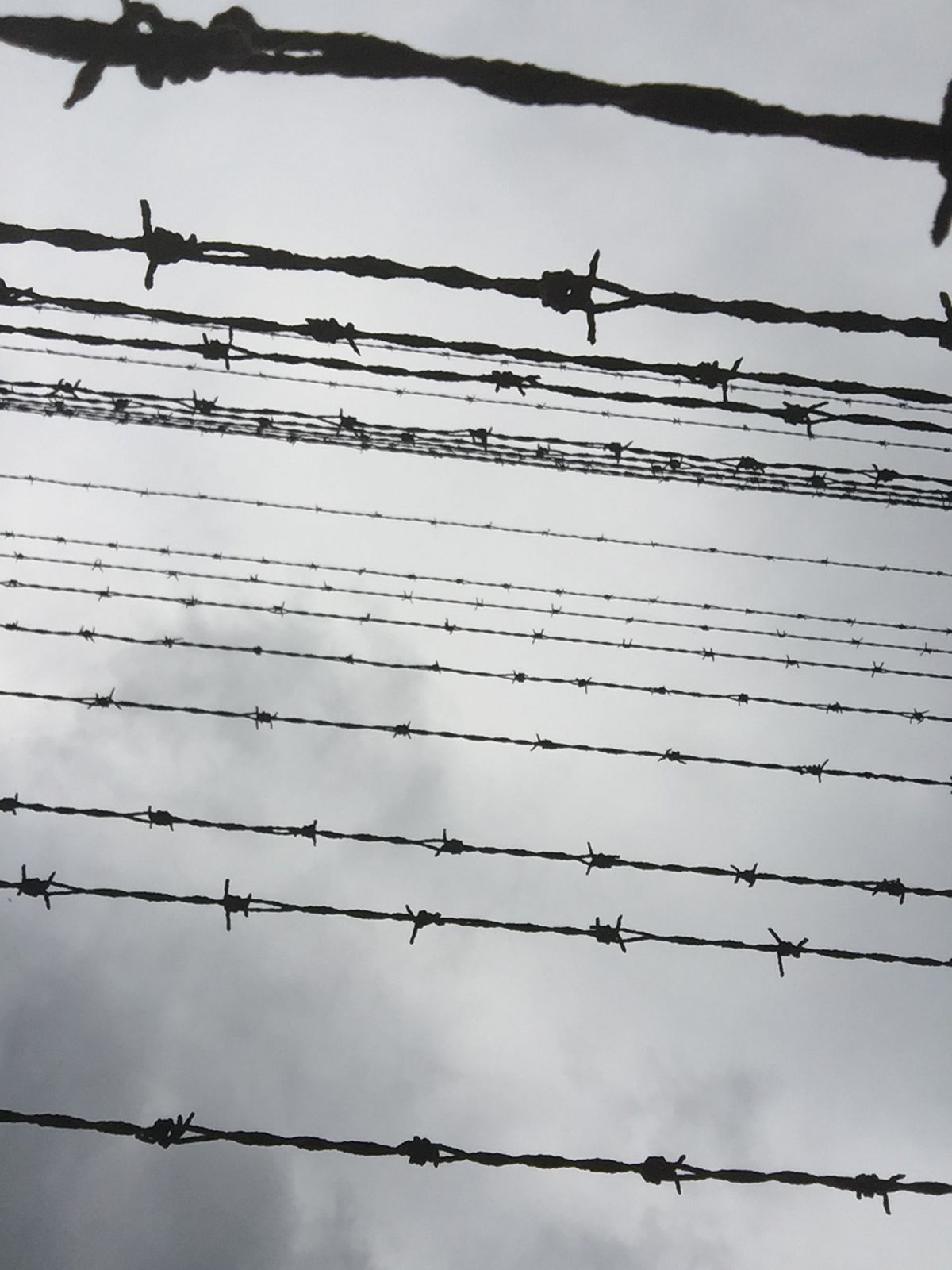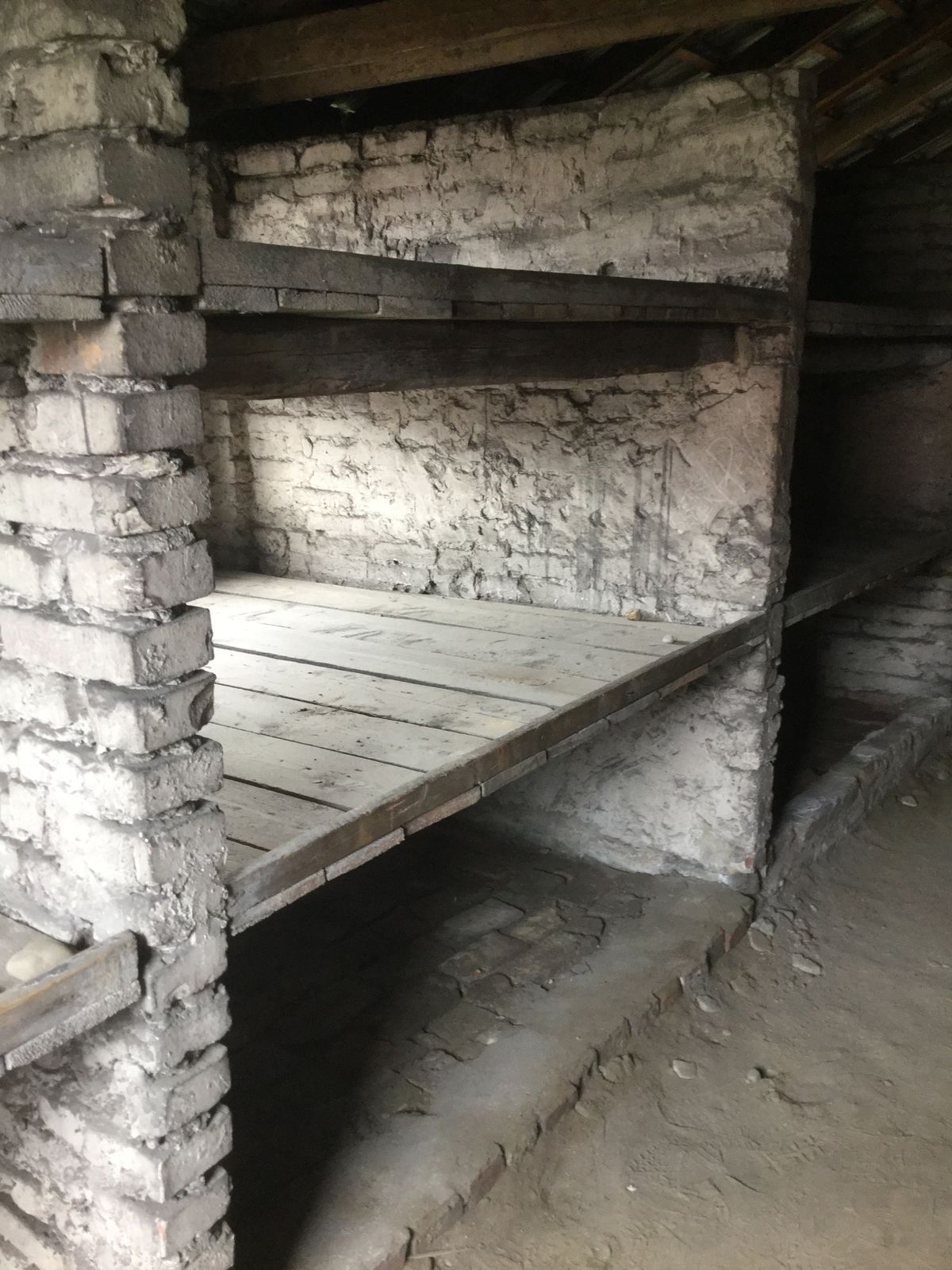Europe Tour 2017: Chapter Nine
GISTEL, Belgium - I visited the Auschwitz concentration and extermination camp in Poland and later the Anne Frank home in Amsterdam in the last two weeks. I’m still feeling disturbed and saddened by the pure evil of the camp and the heartbreaking fate of a forever-young girl and her family.
As I set out in late May on my four-month tour of Europe, I had only a handful of specific places I wanted to visit. Auschwitz and Amsterdam were on the list.
Over the years, I’ve read many accounts of World War II, Nazi Germany and the Holocaust, the most calculated and vile elimination of a civilized people in modern times. I read Anne Frank’s diary years ago. Not long ago, I read a new book by Otto Frank’s secretary, who worked for him in the building where the Franks hid for two years, beginning July 6, 1942. The building housed the European pectin and spice company owned by Frank, Anne’s father. The Franks and another family lived in what’s called the Secret Annex.
By the time the Franks moved into the annex, the Nazis had already established a forced labor camp in Auschwitz, a small community of 16,000 residents at the time, 30 miles west of Krakow. Later, as the Nazis ramped up their ‘final solution” to eliminate all Jews, the Auschwitz-Birkenau site was transformed into a concentration/extermination camp. The first camp at Auschwitz was 49 acres, much smaller than the 360-acre Auschwitz-Birkenau camp, also known as Auschwitz II.
I chose to visit only the largest camp site because I wanted to be able to walk endlessly and unbothered across the grounds where so much inhumanity and evil had taken place. There were hundreds of people there, doing the same thing I was that overcast day. Visitors can see the scores of long camp buildings, where prisoners slept in brick and mortar bunk beds with a little straw on wooden planks, but only one barracks is actually open for viewing.
The efficiency of the Nazi operation on display is staggering. The barracks buildings housing internees all seemed the same dimensions, long structures of brick and chimneys, each housing more than 500 people.The endless lines of people taken by boxcar to the death camps is difficult to fathom.
The Nazis eventually discovered the Franks hideout and transported all four family members to Auschwitz. Anne’s mother, Edith, died of starvation at Auschwitz, but Otto survived. Anne and her older sister, Margot, were moved to Bergen-Belsen, where both died of typhus shortly before the camp was liberated by the Allies. Otto later remarried and died at age 91 in 1980.
The Frank museum is a respectful and somber tribute to the Frank family and the six million Jewish victims of the Holocaust, or Shoah. Visitors were silent as they walked the museum, the silence broken only occasionally by a whisper or the shuffling of feet on creaky floorboards.
In her diary, Anne wrote that she wanted to be a journalist and hoped to become a famous author. Her diary was translated into 70 languages. If only she knew.
Estimates vary, but it’s generally agreed that nearly one million Jews died in Auschwitz, either in the gas chambers or by disease and starvation. The Nazis kept crematoriums busy, especially as it appeared Germany would lose the war. The race was on to erase evidence of the evil that will be forever associated with the name Auschwitz.
As a young Pole in Krakow told me before leaving for the camp, his countrymen refer to Auschwitz as Oswiecim, its original Slavic name. The Germans and Austrians instead used the name Auschwitz.
As I strolled the camp grounds, read the site information markers and international tributes at a large memorial to the victims, I kept thinking about the final days and moments of the victims. The majority of victims were Jews, but the death toll included, among others, Poles, Roma and 15,000 Soviet prisoners of war.
How can we possibly imagine the absolute terror and trauma experienced by children as they were systematically gassed? Can we imagine being a parent and feeling so helpless and hopeless? And what about Otto Frank, who lived with the memory of his family’s extinction for more than 35 years? Imagining what the victims went through is nearly impossible. But perhaps that’s a lasting lesson to take from visiting these sites in Amsterdam and Poland. I will not forget what I saw and learned. I simply can’t.
* This story was originally published as a post from the blog "Editor's Notes." Read all stories from this blog

